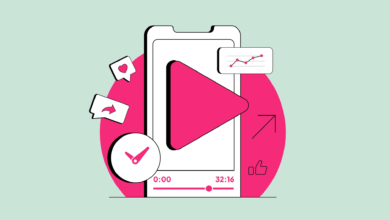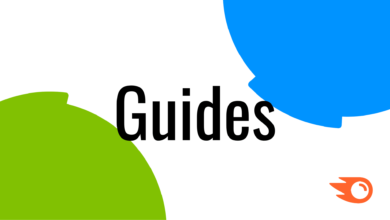How to Write an Ebook Everyone Wants to Download (with Examples!)

Downloadable ebooks have become a popular and effective marketing strategy for businesses looking to attract qualified leads, showcase expertise, and nurture leads at different stages of the sales funnel. However, creating a successful ebook requires time, effort, and a well-thought-out plan. In this article, we will outline a five-step process to help you write an ebook that not only benefits your audience but also contributes to the growth of your business.
### How to Write an Ebook in 5 Steps
#### 1. Determine Your Topic
To begin, you need to choose a compelling topic for your ebook that will resonate with your target audience. Consider using keyword research tools to identify relevant topics, repurpose popular blog posts, explore trending industry topics, or leverage ideation tools to generate ideas. It’s essential to ensure that your chosen topic aligns with the interests and needs of your audience to attract the right readers.
#### 2. Plan Your Content
Once you have a topic in mind, it’s time to plan out the content and structure of your ebook. Identify the best format for your ebook, define key themes and messaging that align with your brand, come up with a catchy title, and outline the content to maintain a cohesive flow. Remember to stay true to your ebook’s title and promise throughout the writing process to deliver on readers’ expectations.
#### 3. Populate the Content
The next step involves actually writing the content of your ebook. Ensure that your writing is concise, clear, actionable, and digestible for readers. Incorporate visuals, such as images, graphs, or diagrams, to enhance the overall readability of your ebook. While you can reference your products or services, focus on providing valuable educational content rather than direct promotional material.
#### 4. Add the Design Touches
Give your ebook a professional look by adding design elements such as a table of contents, introduction, conclusion, and branded visuals. Create an eye-catching cover, use callouts to highlight key points, and include a compelling call-to-action page at the end of your ebook. Utilize tools like Canva, Adobe, or Google Slides to design your ebook with ease.
#### 5. Promote and Distribute
Once your ebook is ready, it’s time to promote and distribute it to your target audience. Gate your ebook behind a form to generate leads, and create a landing page with a form to capture reader information. Promote your ebook through various channels such as search engines, social media, email marketing, influencers, and your website. Repurpose your ebook content for webinars, ads, blog posts, and social media to maximize its reach and impact.
### Ebook Examples
Here are some examples of well-executed ebooks to inspire your own writing:
1. Intercom’s “How Customer Service Metrics Are Evolving in the Age of AI”
2. Shopify’s “Ultimate Guide to Launching Your Own Online Bookstore”
3. Mailchimp’s “How to Turn Clustomers into Customers with Personalization”
4. LocaliQ’s “Best Call to Action Phrases Ever (& Why They Work)”
5. Hatch’s “Preparing Your Outbound Contact Center for the AI Revolution”
### Ebook Template
If you need help getting started with your ebook, use this Google sheet ebook template to streamline the writing process.
### Write Your Ebook Now
By following these steps, tips, and examples, you have all the tools you need to create a valuable ebook for your audience. Remember to regularly review and update your ebook content to keep it fresh and engaging. Happy writing!
### FAQs:
1. How long should my ebook be?
– The length of your ebook will depend on the complexity of the topic and the depth of information you wish to cover. Aim for a length that provides value without overwhelming readers.
2. Can I include promotional content in my ebook?
– While it’s acceptable to mention your products or services in your ebook, focus on delivering educational content that adds value to readers.
3. How do I ensure my ebook is visually appealing?
– Use design tools like Canva or Adobe to create a professional-looking ebook with engaging visuals, clear formatting, and a cohesive design theme.
4. Should I gate my ebook behind a form?
– Gating your ebook can help capture leads and track reader interest. Consider offering a teaser or summary to entice readers to download the full ebook.
5. How can I repurpose my ebook content for other marketing channels?
– Repurpose your ebook content for webinars, blog posts, social media posts, ads, and more to extend its reach and engage different audiences.




